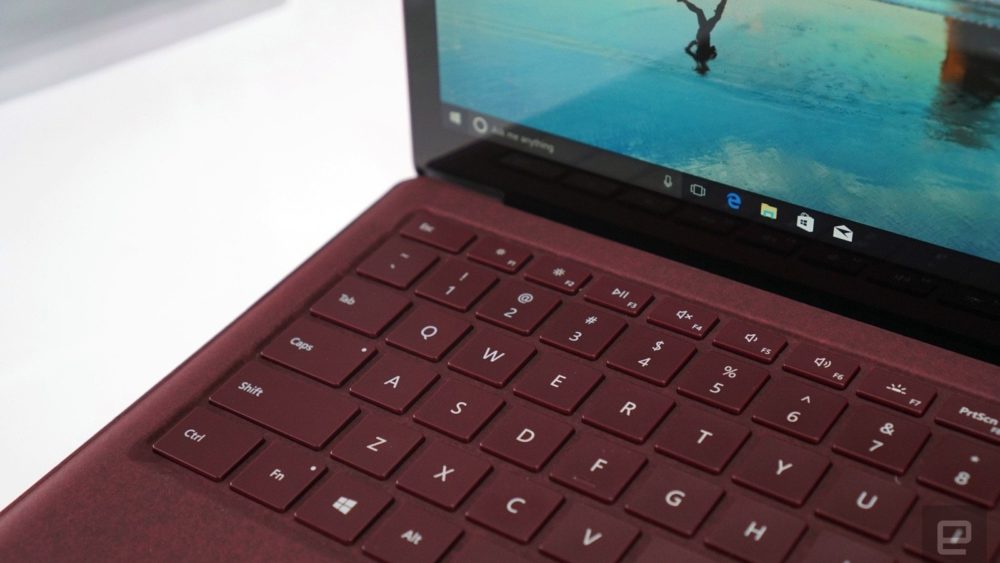This column highlights some of the more notable recent online notices, newsletters, and blogs dealing with IP prosecution issues.
IPWatchdog – a patents and patent law blog – IPwatchdog.com
* In a post on March 26, 2018, Joseph Robinson and Robert Schaffer discussed the Federal Circuit’s reversal of a PTAB decision invalidating a patent as anticipated because the PTAB’s decision was based on an unreasonably broad claim construction. The message from In re Power Integrations, Inc., No. 2017-1304 (Fed. Cir., Mar. 19, 2018) (http://www.cafc.uscourts.gov/sites/default/files/opinions-orders/17-1304.Opinion.3-15-2018.1.PDF ) is that the concept of broadest reasonable interpretation (“BRI”) does not permit the Examiner unfettered license to disregard the patentee’s description of the invention. (http://www.ipwatchdog.com/2018/03/26/bri-does-not-allow-unfettered-license/id=95194).
* On April 20, 2018, John M. Roqitz explained the key details os the USPTO’s recent memo on changed Alice Step 2B for examiners. This memo directs examiners to follow Berkhimer v. HP Inc., 881 F.3d 1360 (Fed. Cir., Feb. 8, 2018) (http://www.cafc.uscourts.gov/sites/default/files/opinions-orders/17-1437.Opinion.2-6-2018.1.PDF) and Aatrix Software, Inc. v. Green Shades Software, Inc., 2017-1452 (Fed. Cir., Feb. 14, 2018) (http://www.cafc.uscourts.gov/sites/default/files/opinions-orders/17-1452.Opinion.2-12-2018.1.PDF). The “take home” message from the memo is that examiners are not free to casually state that a claim element represents “well-understood, routine, conventional activity” unless the examiner cites to evidence. (http://www.ipwatchdog.com/2018/04/20/uspto-memo-changed-alice-step-2b-examiners/id=96153).
Patently-O – a blog written by Dennis Crouch – www.patentlyo.com.
* In a March 25, 2018 post, Professor David Hricik contrasted the patent practitioner’s duty of candor in PTAB proceedings and for general prosecution (Rule 56) and Thereasense. (https://cdn.patentlyo.com/media/2018/02/160682.pdf) (https://patentlyo.com/hricik/2018/03/candor-versus-therasense.html).
* In his April 19, 2018 post, Professor Dennis Crouch discussed a Federal Circuit ruling affirming an obviousness finding based on the patent applicant not specifically listing the entire chain of priority. In Droplets, Inc. v. E*Trade Bank, 2016-2504, 2016-2602 (Fed. Cir., April 19, 2018) (http://www.cafc.uscourts.gov/sites/default/files/opinions-orders/16-2504.Opinion.4-18-2018.1.PDF), the patent was invalid as obvious as a middle 2000 application had been omitted in the priority chain going back from 2003 that needed to reach back to a 1999 provisional application. A blanket “incorporation by reference” did not get the job done. Have you been careful to list all applications in your priority claims? Has your client disclosed all patent family members? (https://patentlyo.com/patent/2018/04/priority-specifically-include.html).
Wegner’s Writings, Hal Wegner’s newsletter – a lot of great stuff – http://www.laipla.net/category/wegners-writings/
* Hal summarized and highlighted important facets of two recent Supreme Court cases on Inter Partes Review (IPR), Oil States Energy Services, LLC v. Greene’s Energy Group, LLC, No. 16-712, _ U.S. _ (Apr. 24, 2018) (https://www.supremecourt.gov/opinions/17pdf/16-712_87ad.pdf) and SAS Institute Inc. v. Iancu, No. 16-969, _ U.S._ (Apr. 24, 2018) (https://www.supremecourt.gov/opinions/17pdf/16-969_f2qg.pdf), (http://www.laipla.net/supreme-court-upholds-ptos-ipr-post-grant-patent-challenge-procedure/).
Patent Docs – A patent blog – patentdocs.typepad.com/patent_docs
* In the March 27, 2018 post, James Korenchan discussed the District Court opinion, Electronic Scripting Products, Inc. v. HTC America, Inc., Case No. 17-cv-05806-RS (N. D. Cal., Mar. 6, 2018) (http://patentdocs.typepad.com/files/order-granting-motion-to-dismiss-2.pdf) that found virtual reality patents to survive a patent eligibility challenge. The court addressed Alice Step Two and found that the claims would have survived regardless of how Step One came out. (http://www.patentdocs.org/2018/03/electronic-scripting-products-inc-v-htc-america-inc-nd-cal-2018.html).
* In the April 4, 2018 post, James Korenchan remarked on Ex parte Gershfang (PTAB 2018) (http://patentdocs.typepad.com/files/decision-on-appeal-4.pdf), which found that virtual reality advertising claims were patent eligible. (http://www.patentdocs.org/2018/04/ex-parte-gershfang-ptab-2018.html).
* On April 26, 2018, Kevin E. Noonan discussed the USPTO’s recently issued “Guidance on the Impact of SAS on AIA Trial Proceedings.” (http://patentdocs.typepad.com/files/guidance-on-the-impact-of-sas-on-aia-trial-proceedings.pdf). The USPTO issued this Guidance to state how the Patent Trial and Appeal Board (PTAB) will apply the recent Supreme Court ruling, SAS Institute Inc. v. Iancu, No. 16-969 (U.S., Apr. 24, 2018) (https://www.supremecourt.gov/opinions/17pdf/16-969_f2qg.pdf) which mandates that inter partes review decisions are “all or nothing” regarding challenged claims. (http://www.patentdocs.org/2018/04/uspto-issues-guidance-on-supreme-court-ruling-in-sas-v-iancu.html).
AIPLA – the profession’s national organization – see AIPLA.org
* AIPLA will hold its 2018 Annual Meeting October 25-27, 2018 in Washington, D.C. More information on this meeting and other events is available at https://www.aipla.org/learningcenter/Pages/Upcoming-Meetings.aspx.
For more information about any of the patent topics mentioned consult Patent Application Practice. Trademark topics are discussed in Trademark Registration Practice. Both are published by West and updated twice a year. For patent prosecution or litigation questions, contact Fred Douglas at 949/293-0442 or by email at fdouglas@cox.net.




Comments are closed.